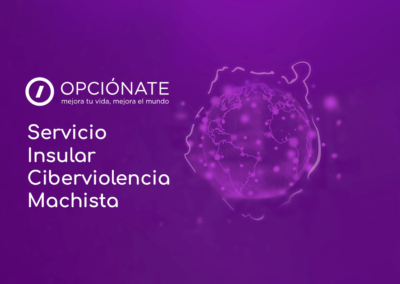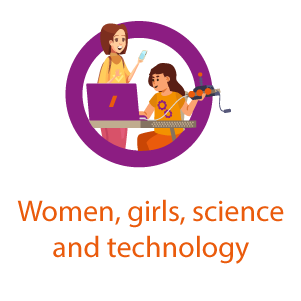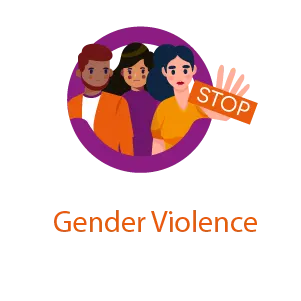Gender-based cyber violence
Su título va aquí
Read more
Among the male cyber-violence that different studies highlight, either because of its normalisation in society, the high percentage of women who suffer it or because of the impact that this cyber-violence has on women, is sexist cyber-bullying, which includes attitudes, verbalisations or behaviours that occur in ICTs and which are based on gender stereotypes; sexual cyberbullying, in which attitudes, comments and actions are limited to those of a sexual nature and which have the intention or effect of violating the dignity of women. It also highlights bodyshaming, which refers to the fact of commenting on and shaming women’s bodies, putting women’s body image always in the spotlight when they post content on their networks in which it appears. Cyberflashing or “photopene”, which consists of sending photos with sexual content, particularly focused on male genitalia, without the request or consent of the other person.
These actions have a negative impact on those who suffer from them, both physically, psychologically and emotionally, as well as in terms of their use and enjoyment of TRICs, in many cases reducing their participation in networks, measuring in greater detail what they post and comment on, and even disappearing from platforms and networks.
This is just a small snapshot of whatmale chauvinist cyber-violence includes and implies for those who suffer it. Inequality and machismo in networks not only includes the dynamics that occur between people, the technology sector, platform policies, algorithms and, in general, all aspects that include the TRICs are impregnated with the macho and patriarchal structure. For all these reasons, at Opciónate we believe it is urgent to take measures to prevent, act and repair this scourge of society, promoting a digital ethic that is committed to respect and good treatment for all, creating a social environment of zero tolerance for all forms of male chauvinist cyber-violence.
Main projects of gender-based cyber violence

CyberRESISTANCE. Facing the third digital gender gap and cyber-violence in childhood: co-education, opportunities and resistance










